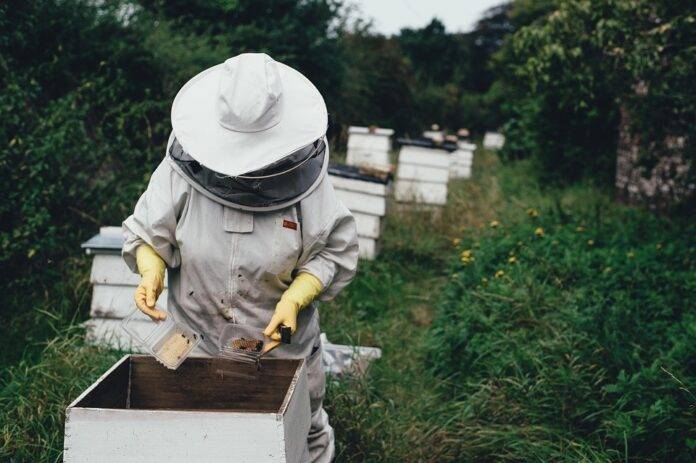Regulatory Pressures and Adulteration Risks in the Global Honey Industry
The global honey industry is facing increasing regulatory pressures and adulteration risks, posing challenges for both producers and consumers. In this report, we will delve into the key factors driving these issues and their impact on the industry.
Regulatory Pressures
Increased Scrutiny on Food Safety Standards
In recent years, regulatory bodies around the world have been tightening food safety standards to ensure the quality and authenticity of honey products. This includes measures to combat fraud and adulteration in the industry, as well as to protect consumer health.
Stringent Labeling Requirements
Regulatory agencies are also imposing stricter labeling requirements on honey products to provide transparency to consumers. This includes the need for accurate information on the origin of the honey, processing methods, and any added ingredients.
Traceability and Certification Programs
To address concerns about the authenticity of honey products, many industry players are implementing traceability and certification programs. These initiatives aim to track the entire supply chain of honey production, from hive to shelf, to ensure product integrity.
Adulteration Risks
Increasing Incidents of Honey Adulteration
One of the major challenges facing the global honey industry is the prevalence of adulteration practices. This includes diluting pure honey with syrups or other sweeteners, as well as mixing different types of honey to lower production costs.
Impact on Quality and Consumer Confidence
Adulteration not only compromises the quality and nutritional value of honey but also erodes consumer trust in the industry. Consumers are becoming more aware of these practices and are demanding greater transparency and accountability from honey producers.
Economic Consequences for Producers
For legitimate honey producers, adulteration poses a significant threat to their businesses. Not only do they risk losing market share to unscrupulous competitors, but they also face reputational damage that can be difficult to recover from.
Industry Responses
Advancements in Testing Technology
To combat adulteration risks, the honey industry is investing in advanced testing technologies to detect fraudulent practices. This includes DNA testing, isotope analysis, and other methods that can accurately determine the authenticity of honey products.
Collaboration with Regulatory Bodies
Industry players are also working closely with regulatory bodies to develop and enforce stringent standards for honey production. By aligning with government agencies, producers can ensure compliance with regulations and build credibility with consumers.
Consumer Education and Awareness Campaigns
To address consumer concerns about honey adulteration, industry associations are launching education and awareness campaigns. These initiatives aim to inform consumers about the risks of adulterated honey and empower them to make informed purchasing decisions.
Financial Impact
The global honey industry is a multi-billion-dollar market, with significant economic implications for producers, exporters, and retailers. According to industry reports, the market size of the global honey industry was estimated to be around $9.3 billion in 2020, with a projected CAGR of 8.3% from 2021 to 2026.
In conclusion, regulatory pressures and adulteration risks pose significant challenges for the global honey industry. By implementing stringent standards, investing in testing technologies, and engaging with consumers, industry players can mitigate these risks and ensure the long-term sustainability of the honey market.




